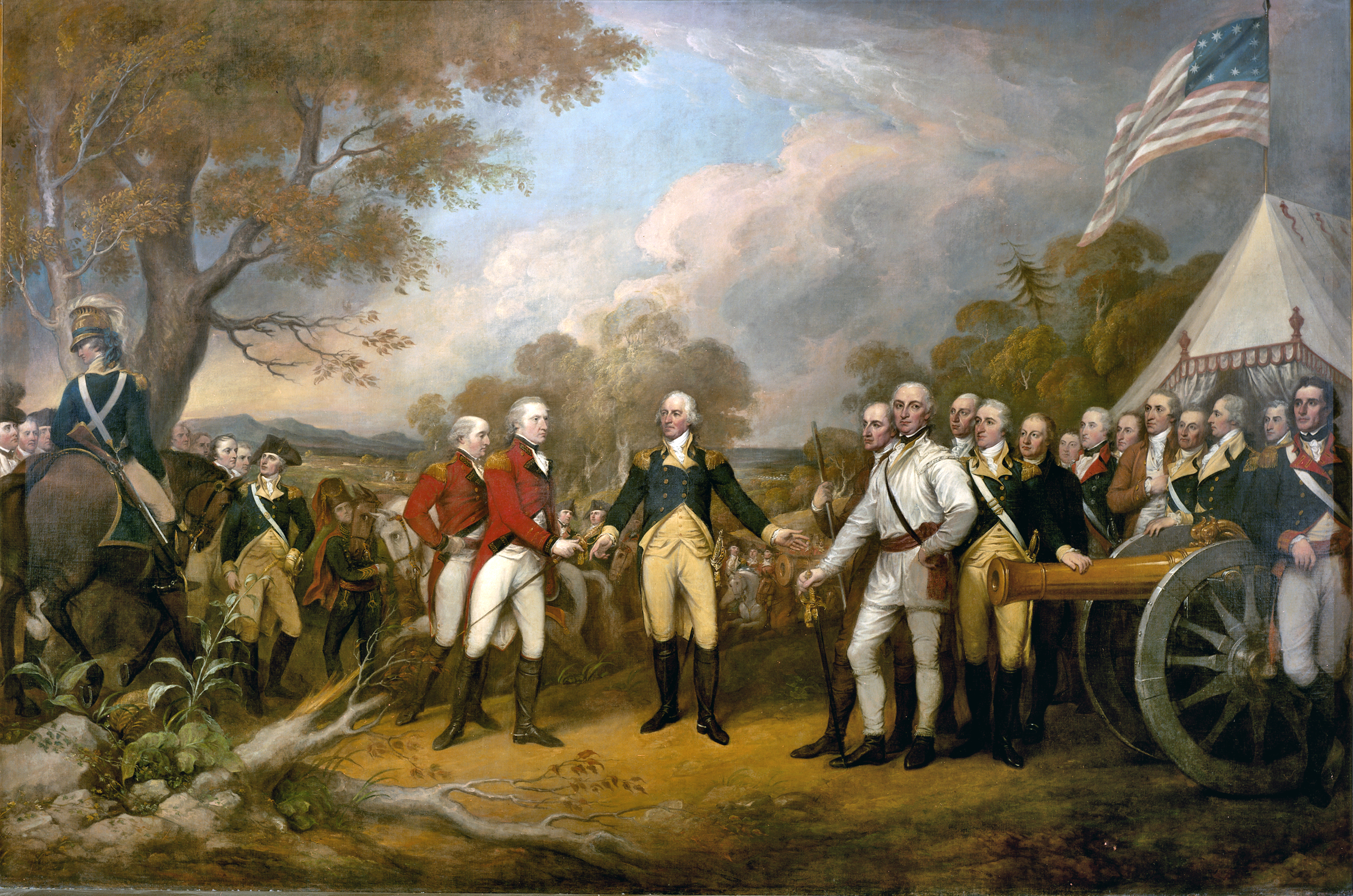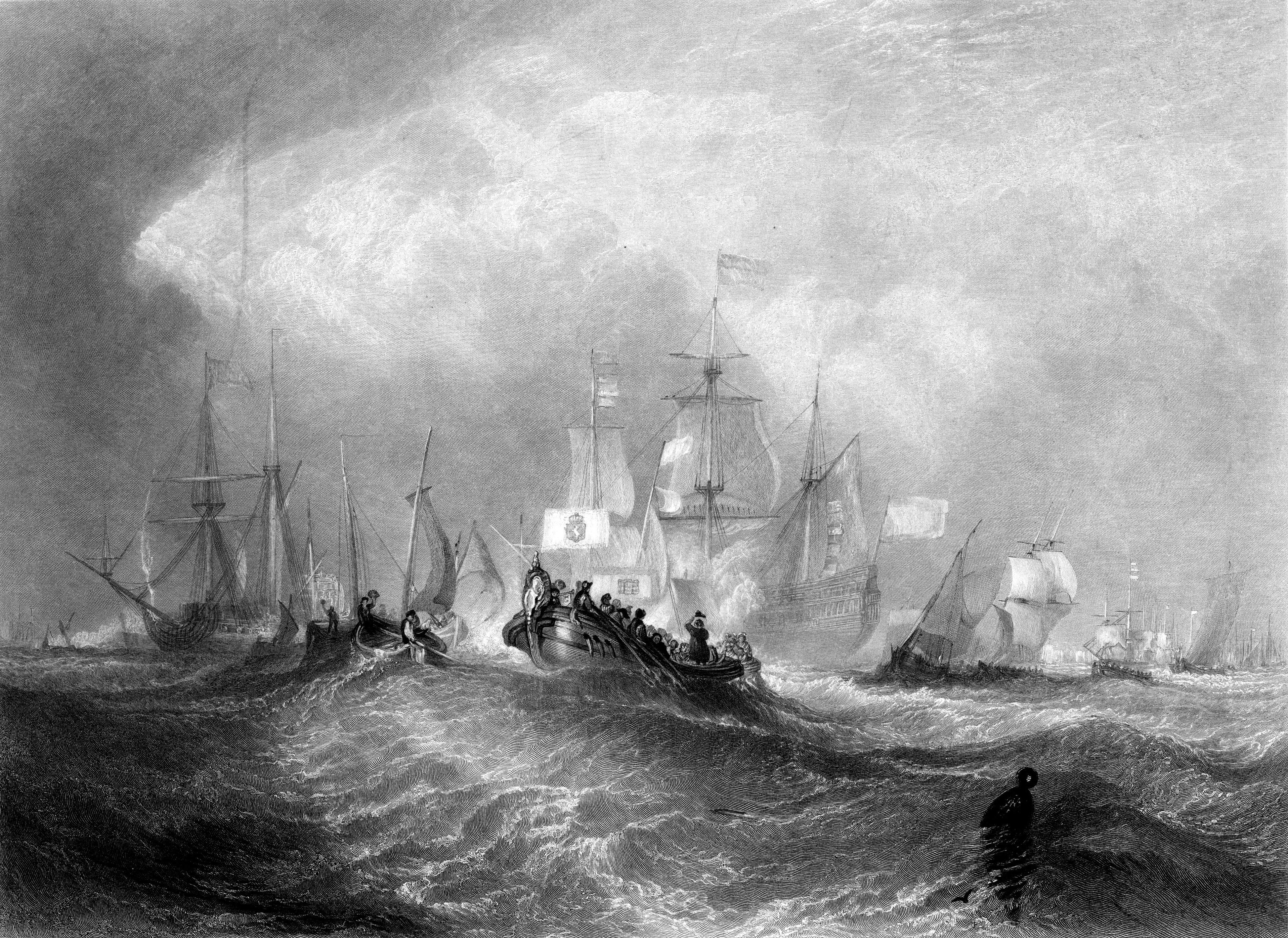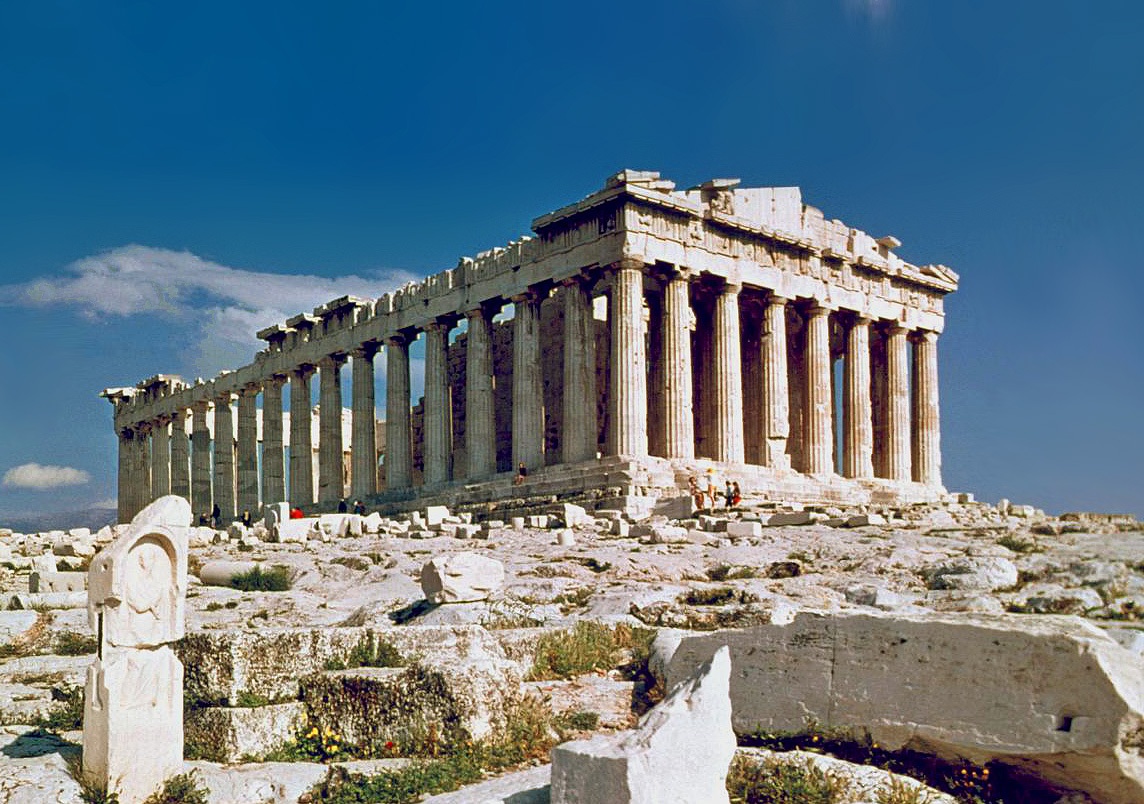|
September 26
Events Pre-1600 *46 BC – Julius Caesar dedicates a temple to Venus Genetrix, fulfilling a vow he made at the Battle of Pharsalus. * 715 – Ragenfrid defeats Theudoald at the Battle of Compiègne. * 1087 – William II is crowned King of England, and reigns until 1100. * 1212 – The Golden Bull of Sicily is issued to confirm the hereditary royal title in Bohemia for the Přemyslid dynasty. * 1345 – Friso-Hollandic Wars: Frisians defeat Holland in the Battle of Warns. * 1371 – Serbian–Turkish wars: Ottoman Turks fought against a Serbian army at the Battle of Maritsa. * 1423 – Hundred Years' War: A French army defeats the English at the Battle of La Brossinière. * 1493 – Pope Alexander VI issues the papal bull '' Dudum siquidem'' to the Spanish, extending the grant of new lands he made them in '' Inter caetera''. *1580 – Francis Drake finishes his circumnavigation of the Earth in Plymouth, England. 1601–1900 * 1687 & ... [...More Info...] [...Related Items...] OR: [Wikipedia] [Google] [Baidu] |
46 BC
__NOTOC__ Year 46 BC was the last year of the pre-Julian Roman calendar. At the time, it was known as the Year of the Consulship of Caesar and Lepidus (or, less frequently, year 708 '' Ab urbe condita''). The denomination 46 BC for this year has been used since the early medieval period, when the Anno Domini calendar era became the prevalent method in Europe for naming years. This year marks the change from the pre-Julian Roman calendar to the Julian calendar. The Romans had to periodically add a leap month every few years to keep the calendar year in sync with the solar year but had missed a few with the chaos of the civil wars of the late republic. Julius Caesar added Mercedonius (23 days) and two other intercalary months (33 and 34 days respectively) to the 355-day lunar year, to recalibrate the calendar in preparation for his calendar reform, which went into effect in 45 BC. The resulting calendar year, the longest calendar year in recorded history, lasted 445 days ... [...More Info...] [...Related Items...] OR: [Wikipedia] [Google] [Baidu] |
Dudum Siquidem
''Dudum siquidem'' (Latin for "A short while ago") was a papal bull issued by Pope Alexander VI on , one of the Bulls of Donation addressed to the Catholic Monarchs Isabella I of Castile and Ferdinand II of Aragon which supplemented the bull '' Inter caetera'' and purported to grant to them "all islands and mainlands whatsoever, found and to be found, discovered and to be discovered, that are or may be or may seem to be in the route of navigation or travel towards the west or south, whether they be in western parts, or in the regions of the south and east and of India". Background The bull ''Aeterni regis'' of 1481, delivered by Pope Sixtus IV, had confirmed the substance of the Treaty of Alcáçovas, which itself had confirmed Castile in its possession of the Canary Islands and had granted to Portugal all further new lands to be won by Christendom in Africa and the East Indies. At the beginning of the year 1492 the Christian reconquest of Spain was completed by the ca ... [...More Info...] [...Related Items...] OR: [Wikipedia] [Google] [Baidu] |
1777
Events January–March * January 2 – American Revolutionary War – Battle of the Assunpink Creek: American general George Washington's army repulses a British attack by Lieutenant General Charles Cornwallis, in a second battle at Trenton, New Jersey. * January 3 – American Revolutionary War – Battle of Princeton: American general George Washington's army defeats British troops. * January 13 – Mission Santa Clara de Asís is founded in what becomes Santa Clara, California. * January 15 – Vermont declares its independence from New York, becoming the Vermont Republic, an independent country, a status it retains until it joins the United States as the 14th state in 1791. * January 21 – The Continental Congress approves a resolution "that an unauthentic copy, with names of the signers of the Declaration of independence, be sent to each of the United States. *February 5 – Under the 1st Constitution of Georgia, 8 counties ... [...More Info...] [...Related Items...] OR: [Wikipedia] [Google] [Baidu] |
Glorious Revolution
The Glorious Revolution, also known as the Revolution of 1688, was the deposition of James II and VII, James II and VII in November 1688. He was replaced by his daughter Mary II, Mary II and her Dutch husband, William III of Orange (William III and II), a nephew of James who thereby had an interest to the throne irrespective of his marriage to his cousin Mary. The two ruled as joint monarchs of Kingdom of England, England, Kingdom of Scotland, Scotland, and Kingdom of Ireland, Ireland until Mary's death in 1694, when William became ruler in his own right. Jacobitism, the political movement that aimed to restore the exiled James or his descendants of the House of Stuart to the throne, persisted into the late 18th century. William's invasion was the last successful invasion of England. Despite his own Catholicism, usually an impediment to Protestant support, James became king in February 1685 with widespread backing from the Protestant majorities in England and Scotla ... [...More Info...] [...Related Items...] OR: [Wikipedia] [Google] [Baidu] |
1688
Events January–March * January 2 – Fleeing from the Spanish Navy, French pirate Raveneau de Lussan and his 70 men arrive on the west coast of Nicaragua, sink their boats, and make a difficult 10 day march to the city of Ocotal. * January 5 – Pirates Charles Swan and William Dampier and the crew of the privateer ''Cygnet'' become the first Englishmen to set foot on the continent of Australia. * January 11 – The Patta Fort and the Avandha Fort, located in what is now India's Maharashtra state near Ahmednagar, are captured from the Maratha clan by Mughul Army commander Matabar Khan. The Mughal Empire rules the area 73 years. * January 17 – Ilona Zrínyi, who has defended the Palanok Castle in Hungary from Austrian Imperial forces since 1685, is forced to surrender to General Antonio Caraffa. * January 29 – Madame Jeanne Guyon, French mystic, is arrested in France and imprisoned for seven months. * January 30 (January 20, 1687 old s ... [...More Info...] [...Related Items...] OR: [Wikipedia] [Google] [Baidu] |
Republic Of Venice
The Republic of Venice, officially the Most Serene Republic of Venice and traditionally known as La Serenissima, was a sovereign state and Maritime republics, maritime republic with its capital in Venice. Founded, according to tradition, in 697 by Paolo Lucio Anafesto, over the course of its History of the Republic of Venice, 1,100 years of history it established itself as one of the major European commercial and naval powers. Initially extended in the ''Dogado'' area (a territory currently comparable to the Metropolitan City of Venice), during its history it annexed a large part of Northeast Italy, Istria, Dalmatia, the coasts of present-day Montenegro and Albania as well as numerous islands in the Adriatic Sea, Adriatic and eastern Ionian Sea, Ionian seas. At the height of its expansion, between the 13th and 16th centuries, it also governed Crete, Cyprus, the Peloponnese, a number of List of islands of Greece, Greek islands, as well as several cities and ports in the eastern Me ... [...More Info...] [...Related Items...] OR: [Wikipedia] [Google] [Baidu] |
Siege Of The Acropolis (1687)
The siege of the Acropolis took place on 23–29 September 1687, as the Venetian forces under Francesco Morosini and Otto Wilhelm Königsmarck laid siege to the Acropolis of Athens, held by the Ottoman garrison of the city. The siege resulted in the destruction of a large part of the Parthenon, which the Ottomans used as a gunpowder store. Siege As part of the Morean War, the Venetians had landed on the Peloponnese peninsula (then known as "Morea") in southern Greece, and in a series of campaigns in 1685–1687 had managed to wrest it from the Ottoman forces holding it. The Venetian position in the Morea was unsafe, however, as the Ottoman strongholds of Thebes and Negroponte ( Chalkis) provided the Ottoman Empire with excellent bases for an invasion and reconquest of the peninsula. As a result, the Venetian commanders, under Francesco Morosini, decided to expand their campaign into eastern Central Greece, with Athens as the first target. On 21 September 1687, Königsmarc ... [...More Info...] [...Related Items...] OR: [Wikipedia] [Google] [Baidu] |
Ottoman Empire
The Ottoman Empire (), also called the Turkish Empire, was an empire, imperial realm that controlled much of Southeast Europe, West Asia, and North Africa from the 14th to early 20th centuries; it also controlled parts of southeastern Central Europe, between the early 16th and early 18th centuries. The empire emerged from a Anatolian beyliks, ''beylik'', or principality, founded in northwestern Anatolia in by the Turkoman (ethnonym), Turkoman tribal leader Osman I. His successors Ottoman wars in Europe, conquered much of Anatolia and expanded into the Balkans by the mid-14th century, transforming their petty kingdom into a transcontinental empire. The Ottomans ended the Byzantine Empire with the Fall of Constantinople, conquest of Constantinople in 1453 by Mehmed II. With its capital at History of Istanbul#Ottoman Empire, Constantinople (modern-day Istanbul) and control over a significant portion of the Mediterranean Basin, the Ottoman Empire was at the centre of interacti ... [...More Info...] [...Related Items...] OR: [Wikipedia] [Google] [Baidu] |
Parthenon
The Parthenon (; ; ) is a former Ancient Greek temple, temple on the Acropolis of Athens, Athenian Acropolis, Greece, that was dedicated to the Greek gods, goddess Athena. Its decorative sculptures are considered some of the high points of classical Art in Ancient Greece, Greek art, and the Parthenon is considered an enduring symbol of Ancient Greece, democracy, and western culture, Western civilization. The Parthenon was built in the 5th century BC in thanksgiving for the Greek victory over the Achaemenid Empire, Persian invaders during the Greco-Persian Wars. Like most Greek temples, the Parthenon also served as the city treasury. Construction started in 447 BC when the Delian League was at the peak of its power. It was completed in 438 BC; work on the artwork and decorations continued until 432 BC. For a time, it served as the treasury of the Delian League, which later became the Athenian Empire. In the final decade of the 6th century AD, the Parthenon was converted into ... [...More Info...] [...Related Items...] OR: [Wikipedia] [Google] [Baidu] |
Morean War
The Morean war (), also known as the Sixth Ottoman–Venetian War, was fought between 1684–1699 as part of the wider conflict known as the "Great Turkish War", between the Republic of Venice and the Ottoman Empire. Military operations ranged from Dalmatia to the Aegean Sea, but the war's major campaign was the Venetian conquest of the Morea (Peloponnese) peninsula in southern Greece. On the Venetian side, the war was fought to avenge the loss of Crete in the Cretan War (1645–1669). It happened while the Ottomans were entangled in their northern struggle against the Habsburg monarchy, Habsburgsbeginning with the failed Battle of Vienna, Ottoman attempt to conquer Vienna and ending with the Habsburgs Siege of Buda (1686), gaining Buda and the whole of Hungary, leaving the Ottoman Empire unable to concentrate its forces against the Venetians. As such, the Morean War was the only Ottoman–Venetian conflict from which Venice emerged victorious, gaining significant territory. Ven ... [...More Info...] [...Related Items...] OR: [Wikipedia] [Google] [Baidu] |
1687
Events January–March * January 3 – With the end of latest of the Savoyard–Waldensian wars in the Duchy of Savoy between the Savoyard government and Protestant Italians known as the Waldensians, Victor Amadeus III, Duke of Savoy, carries out the release of 3,847 surviving prisoners and their families, who had forcibly been converted to Catholicism, and permits the group to emigrate to Switzerland. * January 8 – Richard Talbot, 1st Earl of Tyrconnell, is appointed as the last Lord Deputy of Ireland by the English crown, and begins efforts to include more Roman Catholic Irishmen in the administration. Upon the removal of King James II in England and Scotland, the Earl of Tyrconnell loses his job and is replaced by James, who reigns briefly as King of Ireland until William III establishes his rule over the isle. * January 27 – In one of the most sensational cases in England in the 17th century, midwife Mary Hobry murders her abusive husband, Denis ... [...More Info...] [...Related Items...] OR: [Wikipedia] [Google] [Baidu] |
Francis Drake's Circumnavigation
Francis Drake's circumnavigation, also known as Drake's Raiding Expedition, was an important historical maritime event that took place between 15 December 1577 and 26 September 1580. The expedition was authorised by Queen Elizabeth I and consisted of five ships led by Francis Drake. Termed a 'voyage of discovery', it was in effect an ambitious covert raiding voyage and the start of England's challenge to the global domination of Spain and Portugal. Drake set off on 15 December 1577 after a delay of nearly six months. After capturing Spanish vessels and Portuguese caravels while crossing the Atlantic he became the first Englishman to navigate the Straits of Magellan. After reaching the Pacific Ocean in October 1578, he sailed up the west coast of South America. Due to losses by storms and disease, only two ships remained, one of which was the ''Golden Hind''. Drake then plundered Spanish ports and took a number of Spanish treasure ships including the rich galleon ''Nuestra Señora ... [...More Info...] [...Related Items...] OR: [Wikipedia] [Google] [Baidu] |









